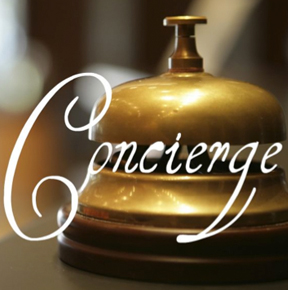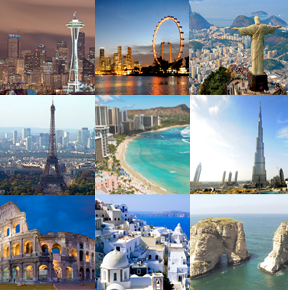Includes the Acropolis and Acropolis Museum, the Temple of Zeus, The Panatheniac Stadium built for the modern Olympics, Changing of the Guards Then a scenic drive along the coast to Cape Sounion for lunch by the sea [not included] then a visit to The Temple of Poseidon, before returning back to the ship.
THE ACROPOLIS: For thousands of years the Acropolis has been the symbol of Athens, the sacred rock, the link that connects the magnificent ancient civilization with the modern. The Acropolis and its monuments, its history and the myths that are connected with it are rightly the pride and the glory of this city, the envy of all other cities in the world. There is no Greek or foreign visitor who does not want to make the pilgrimage to the sacred rock and absorb its magnificence and beauty. If you have never been to the Acropolis is a unique and unforgettable experience. On the hill of the Acropolis you will see the masterpieces of: Parthenon, Propylea, Temple of Athena Nike, Erechtheion & The Cariatides, Ariopagus (Mars Hill), Herodion Theater and the Theater of Dionysus.
THE TEMPLE OF OLYMPIAN ZEUS: (Olympieion): is a colossal ruined temple in the centre of Athens that was dedicated to Zeus, king of the Olympian gods. Construction began in the 6th century BC during the rule of the Athenian tyrants, who envisaged building the greatest temple in the ancient world, but it was not completed until the reign of the Roman Emperor Hadrian in the 2nd century AD some 650 years after the project had begun. During the Roman periods it was renowned as the largest temple in Greece and housed one of the largest cult statues in the ancient world.
THE PANATHENAIC STADIUM:(Kallimarmaro): is the only major stadium in the world built entirely of white marble (from Mount Penteli). And, it is the original stadium built in the 1800s for the first modern Olympic games in 1896.
The gulf includes the islands of Aegina, Salamis Island,and Poros along with smaller islands of Patroklou and Fleves. The port of Piraeus, Athens’ port, lies on the northeastern edge of the gulf. The site of the former Ellinikon International Airport is also in the northeast.
Beaches line much of the gulf coast from Poros to Epidaurus, Galataki, to Kineta and from Megara to Eleusisand from Piraeus down to Anavyssos. Athens’ urban area surrounds the northern and the eastern coasts of this gulf.
POSEIDON TEMPLE
The sanctuary of Poseidon at Sounion is one of the most important sanctuaries in Attica. Sporadic finds point to the conclusion that the site was inhabited in the prehistoric period but there is no evidence of religious practice in such an early date. “Sounion Hiron” (sanctuary of Sounion) is first mentioned in the Odyssey, as the place where Menelaos stopped during his return from Troy to bury his helmsman, Phrontes Onetorides. The finds of the 7th century B.C. are numerous and proove the existence of organized cult on two points of the promontory: at the southern edge where the temenos of Poseidon was situated, and about 500 m. to the NE of it, where the sanctuary of Athena was established.
|
2 guests |
4 guests |
6 guests |
8 – 10 guests |
16 – 24 guests |
|
214,00 Euros per guest |
107,00 Euros per guest |
72,00 Euros per guest |
53,00 Euros per guest |
40,00 Euros per guest |







